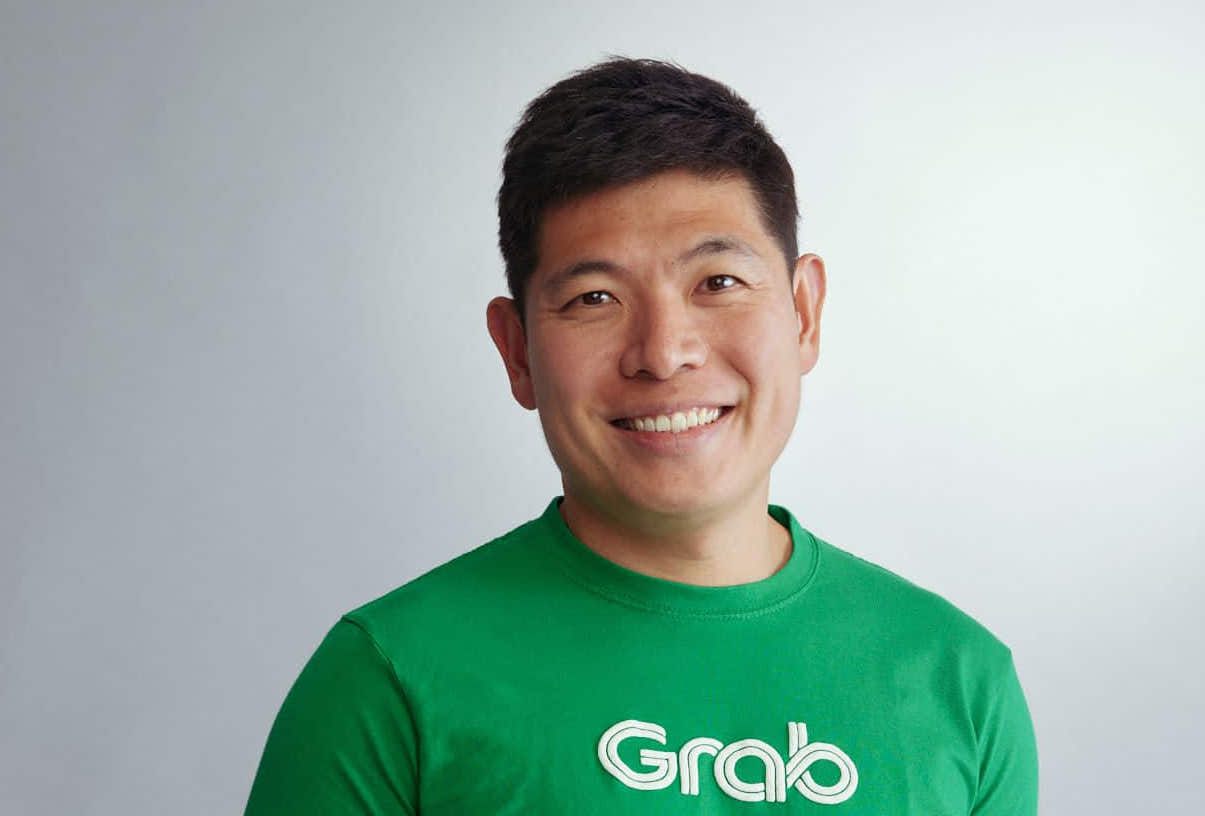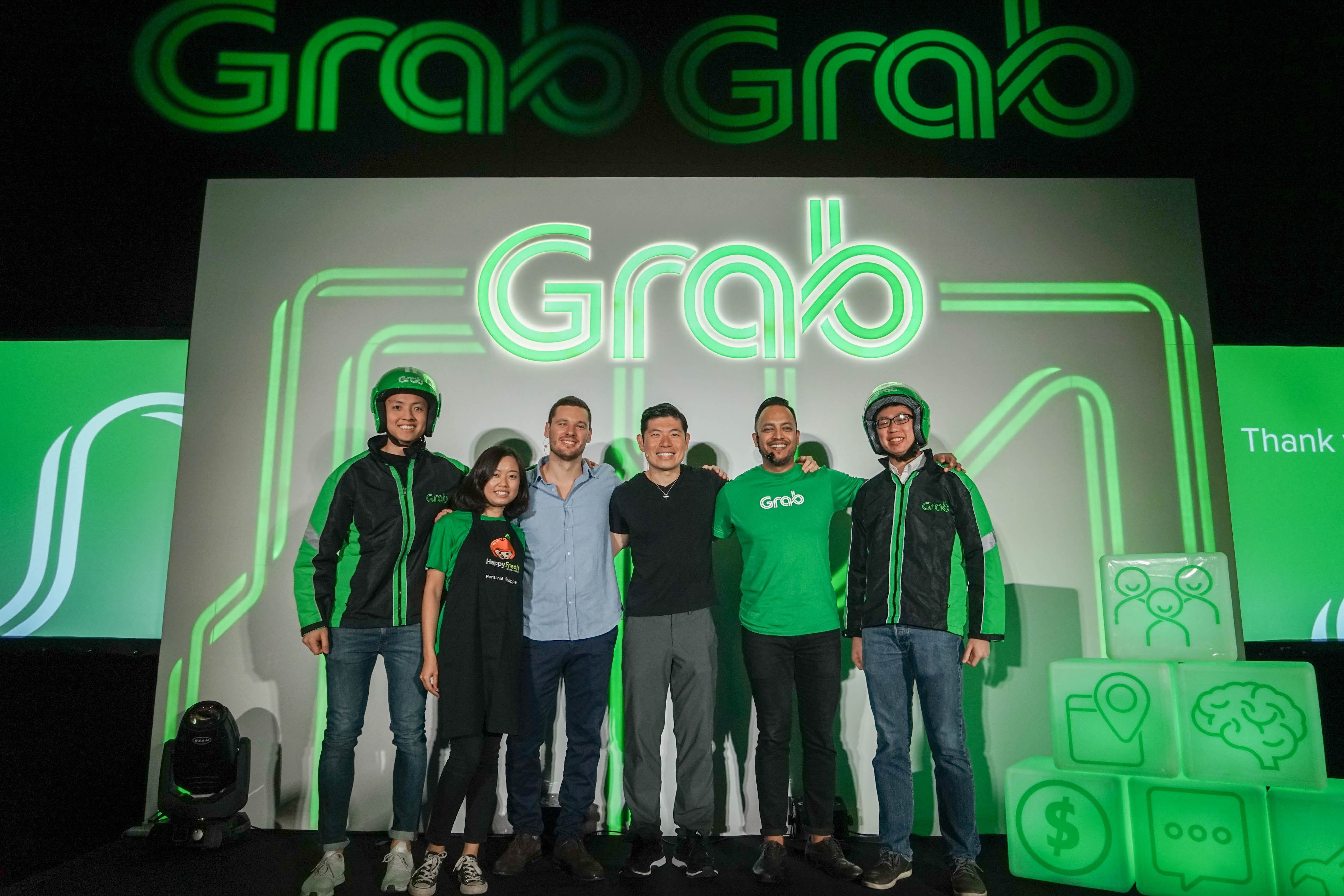



 ${ lang === 'zh' ? '中文': 'ENG' }
${ lang === 'zh' ? '中文': 'ENG' }




 ${ lang === 'zh' ? '中文': 'ENG' }
${ lang === 'zh' ? '中文': 'ENG' }
 ${formatTime('2025-02-27 13:56:18', 2)} ${formatTime('2025-02-27 13:56:18', 3)}, ${formatTime('2025-02-27 13:56:18', 1)}
${formatTime('2025-02-27 13:56:18', 2)} ${formatTime('2025-02-27 13:56:18', 3)}, ${formatTime('2025-02-27 13:56:18', 1)}

From Hustle to Triumph: How Anthony Tan Built His Path to Success
From a Childhood Labeled “Dumb” to Harvard and Becoming GrabTaxi’s CEO: Anthony Tan Shares His Journey in a Candid Talk with e27.
Early Life and Influences
Born in 1982 into a prominent business family in Malaysia, Anthony Tan was surrounded by the world of automobiles from a young age. His father, Tan Heng Chew, was the president of Tan Chong Motor, one of Malaysia’s largest automobile distributors. While many assumed that Anthony would follow in his father’s footsteps and take over the family business, he had a different vision.
Even as a child, Tan showed an entrepreneurial mindset. At just 11 years old, he began trading X-Men comics, honing his business instincts. By 14, he was raising funds for the AIDS Foundation, showcasing an early passion for both business and social impact.

Education and the Spark of an Idea
Determined to forge his own path, Tan pursued higher education at the University of Chicago, where he studied economics and public policy. Later, he attended Harvard Business School (HBS), where a conversation changed his life forever.
A classmate from Malaysia shared their frustration with the unreliable and unsafe taxi services back home. Passengers struggled with inconsistent fares, reckless drivers, and security risks. This struck a chord with Tan, who saw an opportunity to use technology to solve the issue.
In 2011, Tan partnered with fellow Harvard student Tan Hooi Ling to create a taxi-hailing app. Their business plan won second place in the HBS New Venture Competition, earning them $25,000 in seed funding. With personal savings, additional family support, and a strong desire to make an impact, they returned to Malaysia to turn their idea into reality.
The Birth of MyTeksi and Early Struggles
In 2012, Tan launched MyTeksi in Kuala Lumpur. The concept was simple: an app that allowed passengers to book taxis conveniently while ensuring safety and transparent pricing. However, the early days were anything but easy.
✔ Convincing taxi drivers to use the app was a challenge. Many saw technology as a threat rather than an advantage. Some feared losing control over fares, while others resisted change.
✔ Passengers were skeptical. Since online taxi-booking services were new in Malaysia, people were hesitant to trust the app with their personal information and payment details.
✔ Funding was limited. While Tan had initial support, expanding the platform required significant investment, and securing venture capital in Southeast Asia was not easy at the time.
Despite these setbacks, Tan refused to give up. He personally visited taxi drivers, educating them on how the app could increase their income and improve their working conditions. Slowly but surely, adoption grew, and passengers began seeing the benefits of safer, more reliable rides.

Expanding Beyond Malaysia: Facing New Failures and Setbacks
Encouraged by MyTeksi’s success in Malaysia, Tan decided to expand across Southeast Asia. By 2014, the company rebranded as GrabTaxi and entered Singapore, Indonesia, Thailand, Vietnam, and the Philippines.
While the company was growing, it also faced significant challenges:
1. Fierce Competition with Uber
✔ GrabTaxi was not the only ride-hailing service trying to dominate the market—Uber had already established itself in Southeast Asia.
✔ Uber had more funding, better technology, and global recognition, making it a formidable competitor.
✔ Many investors doubted Grab’s ability to compete with such a giant.
2. Operational Challenges in Different Countries
✔ Regulations varied across Southeast Asia. Some governments welcomed ride-hailing services, while others imposed strict restrictions or even banned them.
✔ In certain countries, traditional taxi companies protested aggressively against Grab, fearing they would lose business.
✔ Expanding too quickly led to technical difficulties, service inconsistencies, and financial strain.
At one point, Grab was losing millions of dollars per month trying to keep up with Uber. Investors questioned whether the company could survive.
Turning the Tables: How Anthony Tan Overcame Failure
Instead of backing down, Tan focused on localization and adaptation—a strategy that eventually gave Grab the upper hand.
1. Understanding Southeast Asian Markets
✔ Unlike Uber, which followed a globalized approach, Grab tailored its services to each local culture, infrastructure, and economy.
✔ It introduced GrabBike in Indonesia and Vietnam, where motorcycles were the preferred mode of transportation.
✔ It launched cash payments for customers in cash-heavy economies, unlike Uber, which relied primarily on credit card transactions.
2. Building Government Relationships
✔ Tan worked closely with governments, positioning Grab as a partner in improving transportation rather than a disruptor.
✔ This approach helped Grab gain legal approvals and avoid bans in multiple countries.
3. Outlasting Uber
✔ Despite losing money in the short term, Grab continued to expand aggressively and outlast Uber in key markets.
✔ In 2018, Uber exited Southeast Asia and sold its operations to Grab in exchange for a stake in the company.
✔ This was a major victory for Tan—his company had outcompeted one of the largest tech firms in the world.
Grab’s Evolution into a Tech Giant
With Uber out of the picture, Tan shifted focus from just ride-hailing to building Southeast Asia’s first super-app. Grab expanded into:
✔ GrabPay – a digital payments platform
✔ GrabFood – food delivery services
✔ GrabExpress – logistics and parcel delivery
✔ GrabFinance – financial services including loans and insurance
In 2021, Grab went public on Nasdaq through a $40 billion SPAC merger, making it one of the largest-ever listings by a Southeast Asian company.
Anthony Tan’s Legacy: Lessons from Failure and Success
Despite experiencing numerous failures—difficult market entry, financial struggles, and intense competition—Anthony Tan never gave up. Instead, he adapted, learned from his mistakes, and kept pushing forward.
Today, Grab is valued at over $40 billion, with millions of users across Southeast Asia. Tan’s journey proves that failure is not the end—it’s just part of the path to success.
Key Lessons from Anthony Tan’s Journey:
✔ Failure is a Stepping Stone – Every setback in Grab’s journey led to better strategies and innovation.
✔ Adapt to Local Markets – Understanding cultural and economic differences gave Grab an edge over global competitors like Uber.
✔ Build Strong Relationships – Working with governments rather than against them helped Grab survive regulatory challenges.
✔ Persistence Pays Off – Even when investors doubted him, Tan stayed committed to his vision.
A True Southeast Asian Success Story
Anthony Tan’s story is one of resilience, determination, and adaptability. He transformed a simple idea into Southeast Asia’s biggest tech company, proving that success is not about avoiding failure but about learning, adapting, and pushing forward.
From struggling to convince taxi drivers to competing with Uber and launching a multi-billion-dollar company, Anthony Tan’s journey is a testament to the power of vision and perseverance.
References
Profile - Entrepreneurship - Harvard Business School. (n.d.). https://entrepreneurship.hbs.edu/founders/Pages/profile.aspx?num=195&utm_source=chatgpt.com
Asia, T. (n.d.). Anthony Tan | Tatler Asia. Tatler Asia. https://www.tatlerasia.com/people/anthony-tan
Anthony Tan. (n.d.). Forbes. https://www.forbes.com/profile/anthony-tan/